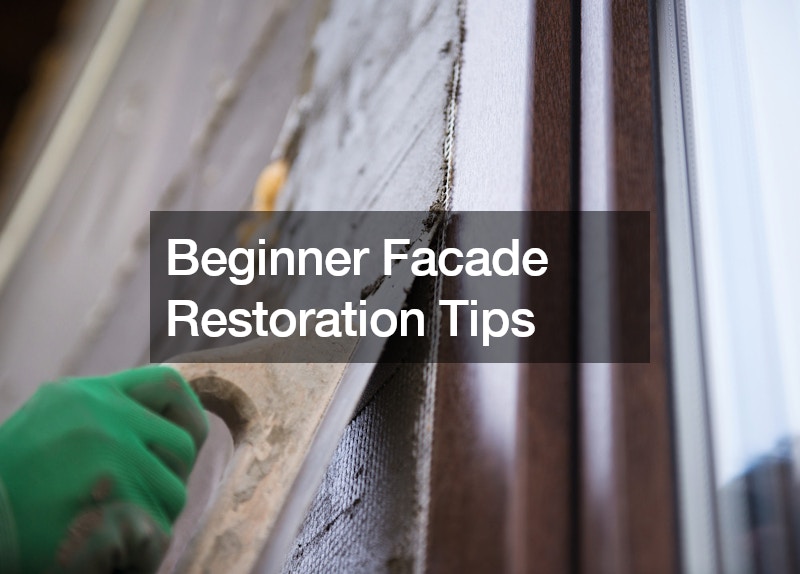Starting with facade restoration can seem daunting, but understanding the basics can make the process manageable and rewarding. The first step is to thoroughly assess the condition of the facade. Identify any signs of deterioration, such as cracks, spalling, or discoloration.
Documenting these issues will help in planning the necessary repairs. It’s essential to understand the materials used in your building’s facade, as different materials like brick, stone, or stucco require specific restoration techniques.
Once the assessment is complete, the next phase is cleaning the facade. Removing dirt, moss, and pollutants not only improves the appearance but also prevents further damage. Use appropriate cleaning methods for the material; for instance, a mild detergent and soft brushes for delicate surfaces, or a pressure washer for more durable materials. Avoid harsh chemicals that could harm the facade. After cleaning, address any structural issues identified during the assessment. This may involve repointing mortar joints, patching cracks, or replacing damaged sections.
Protecting the restored facade is the final, crucial step. Applying a protective sealant can help safeguard against weather elements and future wear and tear. Regular maintenance, such as annual inspections and cleanings, will keep the facade in good condition and extend the longevity of the restoration work. For those new to facade restoration, consulting with a professional can provide valuable guidance and ensure that the restoration is done correctly and effectively. By following these beginner tips, you can restore and preserve the beauty and integrity of your building’s facade.




